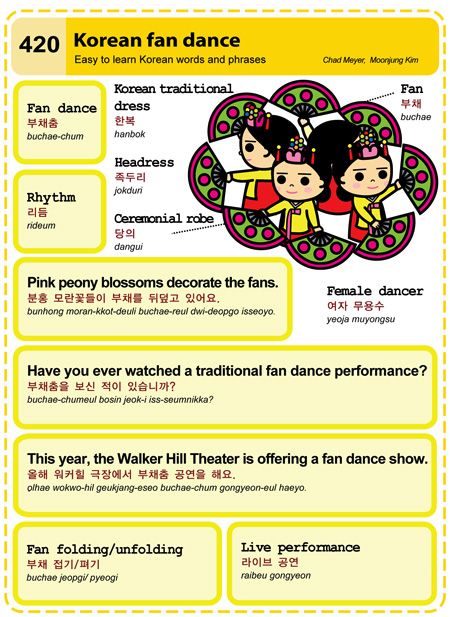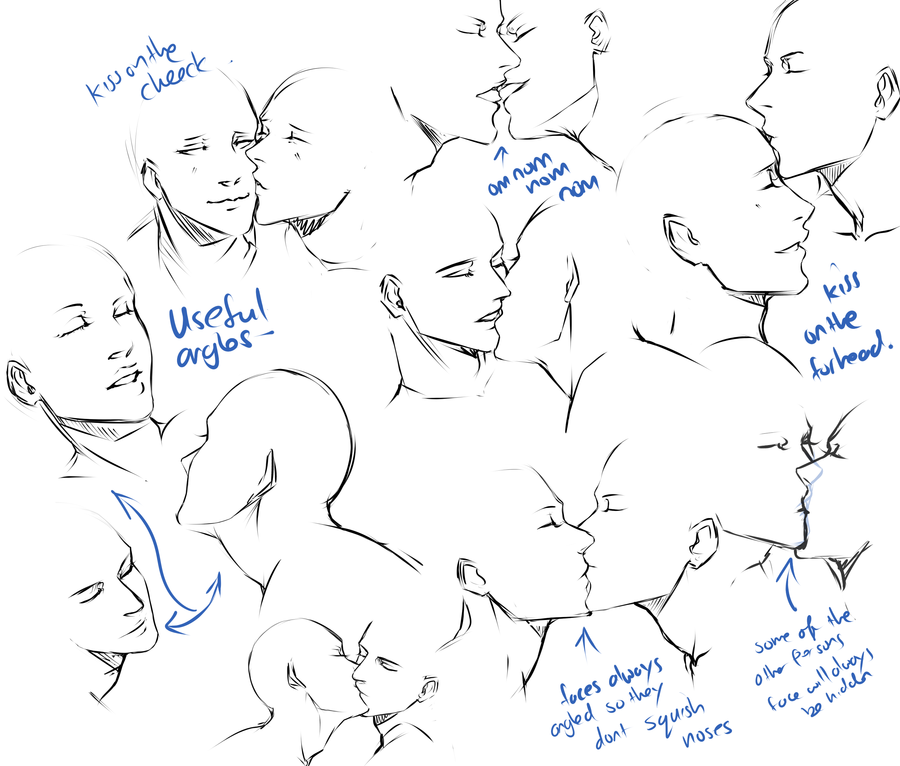How old is ballet dancing
A Brief History of Ballet
Scroll through a brief ballet history from its where ballet originated in the 15th-century Italian renaissance courts to what ballet dance looks like in the 21st century.
Origin of Ballet
King Louis XIV in Ballet de la nuit, 1653. Source: WikipediaBallet originated in the Italian Renaissance courts of the 15th century. Noblemen and women were treated to lavish events, especially wedding celebrations, where dancing and music created an elaborate spectacle. Dancing masters taught the steps to the nobility, and the court participated in the performances. In the 16th century, Catherine de Medici — an Italian noblewoman, wife of King Henry II of France and a great patron of the arts — began to fund ballet in the French court. Her elaborate festivals encouraged the growth of ballet de cour, a program that included dance, decor, costume, song, music and poetry. A century later, King Louis XIV helped to popularize and standardize the art form. A passionate dancer, he performed many roles himself, including that of the Sun King in Ballet de la nuit. His love of ballet fostered its elevation from a past time for amateurs to an endeavor requiring professional training.
By 1661, a dance academy had opened in Paris, and in 1681 ballet moved from the courts to the stage. The French opera Le Triomphe de l’Amour incorporated ballet elements, creating a long-standing opera-ballet tradition in France. By the mid-1700s French ballet master Jean Georges Noverre rebelled against the artifice of opera-ballet, believing that ballet could stand on its own as an art form. His notions — that ballet should contain expressive, dramatic movement that should reveal the relationships between characters — introduced the ballet d’action, a dramatic style of ballet that conveys a narrative. Noverre’s work is considered the precursor to the narrative ballets of the 19th century.
The 19th Century
Carlotta Grisi, wearing a romantic tutu, as Giselle, 1841. Source: Wikipedia
Source: WikipediaEarly classical ballets such as Giselle and La Sylphide were created during the Romantic Movement in the first half of the 19th century. This movement influenced art, music and ballet. It was concerned with the supernatural world of spirits and magic and often showed women as passive and fragile. These themes are reflected in the ballets of the time and are called romantic ballets. This is also the period of time when dancing on the tips of the toes, known as pointe work, became the norm for the ballerina. The romantic tutu, a calf-length, full skirt made of tulle, was introduced.
Julia Erickson & Robert Moore in PBT’s Swan Lake. Photo: Rich SofrankoThe popularity of ballet soared in Russia, and, during the latter half of the 19th century, Russian choreographers and composers took it to new heights. Marius Petipa’s The Nutcracker, The Sleeping Beauty and Swan Lake, by Petipa and Lev Ivanov, represent classical ballet in its grandest form.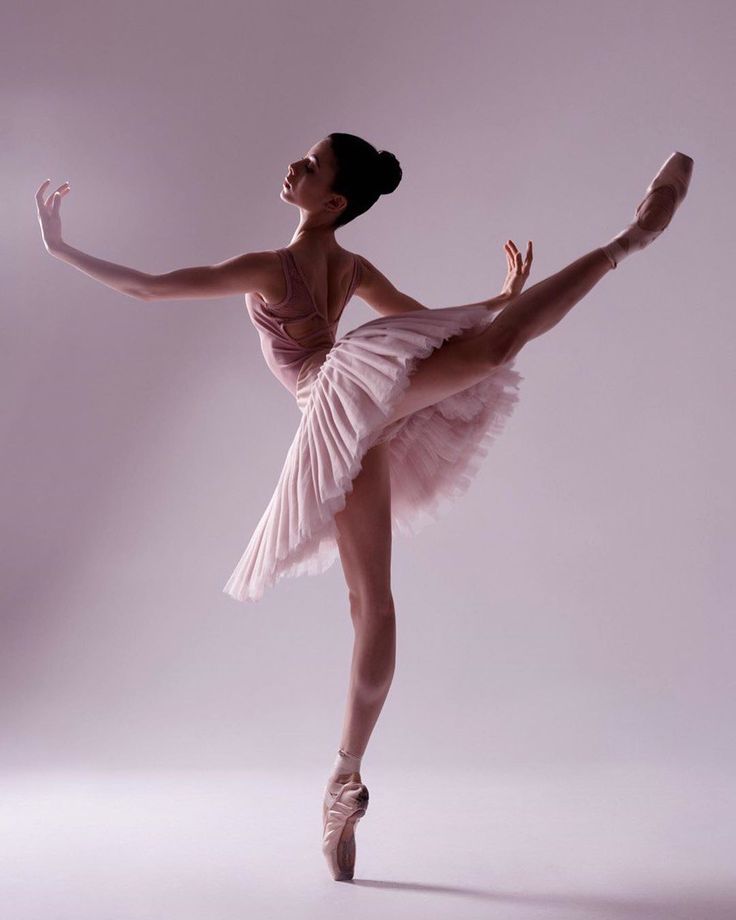 The main purpose was to display classical technique — pointe work, high extensions, precision of movement and turn-out (the outward rotation of the legs from the hip)—to the fullest. Complicated sequences that show off demanding steps, leaps and turns were choreographed into the story. The classical tutu, much shorter and stiffer than the romantic tutu, was introduced at this time to reveal a ballerina’s legs and the difficulty of her movements and footwork.
The main purpose was to display classical technique — pointe work, high extensions, precision of movement and turn-out (the outward rotation of the legs from the hip)—to the fullest. Complicated sequences that show off demanding steps, leaps and turns were choreographed into the story. The classical tutu, much shorter and stiffer than the romantic tutu, was introduced at this time to reveal a ballerina’s legs and the difficulty of her movements and footwork.
Ballet Today
Julia Erickson & Robert Moore in Balanchine’s Agon. Photo: Rich SofrankoIn the early part of the 20th century, Russian choreographers Sergei Diaghilev and Michel Fokine began to experiment with movement and costume, moving beyond the confines of classical ballet form and story. Diaghilev collaborated with composer Igor Stravinsky on the ballet The Rite of Spring, a work so different —with its dissonant music, its story of human sacrifice and its unfamiliar movements — that it caused the audience to riot. Choreographer and New York City Ballet founder George Balanchine, a Russian who emigrated to America, would change ballet even further. He introduced what is now known as neo-classical ballet, an expansion on the classical form. He also is considered by many to be the greatest innovator of the contemporary “plotless” ballet. With no definite story line, its purpose is to use movement to express the music and to illuminate human emotion and endeavor. Today, ballet is multi-faceted. Classical forms, traditional stories and contemporary choreographic innovations intertwine to produce the character of modern ballet.
Choreographer and New York City Ballet founder George Balanchine, a Russian who emigrated to America, would change ballet even further. He introduced what is now known as neo-classical ballet, an expansion on the classical form. He also is considered by many to be the greatest innovator of the contemporary “plotless” ballet. With no definite story line, its purpose is to use movement to express the music and to illuminate human emotion and endeavor. Today, ballet is multi-faceted. Classical forms, traditional stories and contemporary choreographic innovations intertwine to produce the character of modern ballet.
What’s Next?
Olivia Kelly & Ruslan Mukhambetkaliyev in Jiří Kylián’s Petite Mort. Photo: Rich SofrankoChoreographers continue to create diverse styles of ballets, and ballet companies are giving dance audiences a wide range of experiences in the theater. What do you think will be the next phase for ballet?
Learn More!
- Listen to an NPR interview with author Jennifer Homans about Apollo’s Angels: A History of Ballet, a book published in 2010.
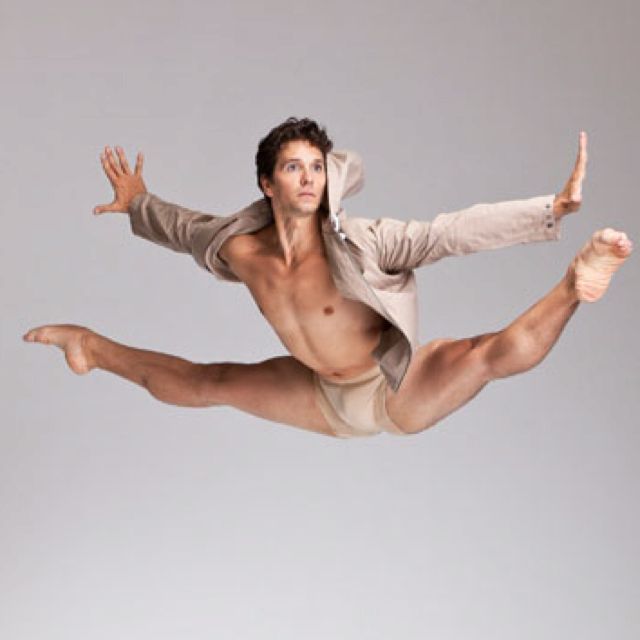
- Read more about types of ballet or ballet vocabulary
- Or, check out the following at your local library or bookstore, or at Amazon.com:
Apollo’s Angels: A History of Ballet, by Jennifer Homans, 2010
Ballet: An Illustrated History, by Clement Crist and Mary Clark, 1992
Ballet and Modern Dance: A Concise History, by Jack Anderson, 1993
Ballet in Western Culture: A History of its Origins and Evolution, by Carol Lee, 1992
Experience ballet for yourself with classes for all ages, including adult beginning ballet classes. Or, introduce your little ones to ballet with Dance the Story at Home!
Ballet | History, Dancers, Choreographers, Companies, & Facts
Misty Copeland and James Whiteside
See all media
- Key People:
- Igor Youskevitch Pyotr Ilyich Tchaikovsky Claudio Monteverdi Igor Stravinsky Sergey Prokofiev
- Related Topics:
- ballet position International Ballet Competitions classical ballet ballet movement battement
See all related content →
Summary
Read a brief summary of this topic
ballet, theatrical dance in which a formal academic dance technique—the danse d’école—is combined with other artistic elements such as music, costume, and stage scenery.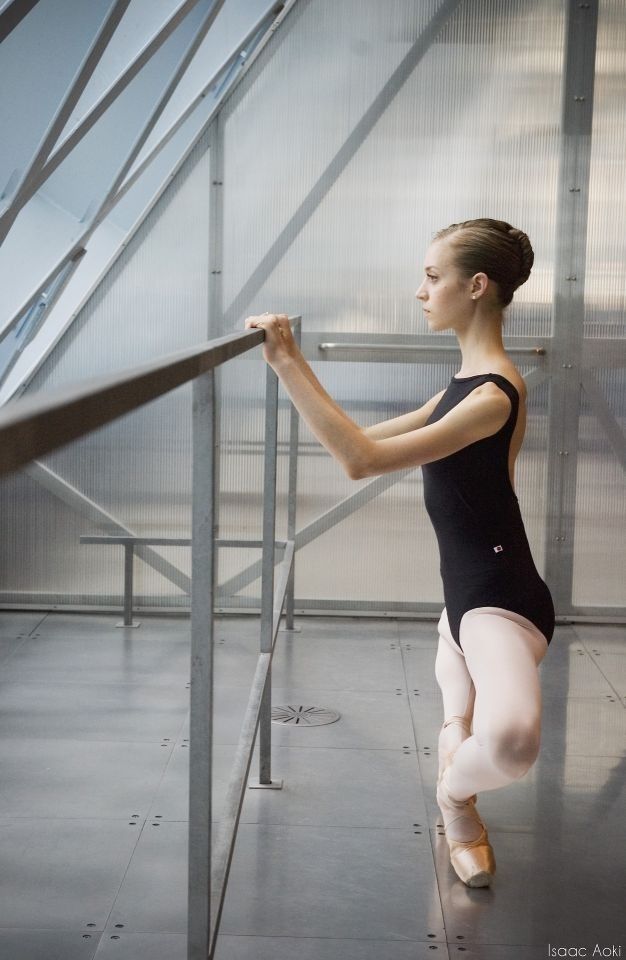 The academic technique itself is also known as ballet. This article surveys the history of ballet.
The academic technique itself is also known as ballet. This article surveys the history of ballet.
History through 1945
The emergence of ballet in the courts of Europe
Ballet traces its origins to the Italian Renaissance, when it was developed as a court entertainment. During the 15th and 16th centuries the dance technique became formalized. The epicentre of the art moved to France following the marriage of the Italian-born aristocrat Catherine de Médicis to Henry II of France. A court musician and choreographer named Balthasar de Beaujoyeulx devised Ballet comique de la reine (1581; “The Queen’s Comic Ballet”), which inaugurated a long tradition of court ballets in France that reached its peak under Louis XIV in the mid-17th century.
As a court entertainment, the works were performed by courtiers; a few professional dancers were occasionally participants, but they were usually cast in grotesque or comic roles. The subjects of these works, in which dance formed only a part alongside declamation and song, ranged widely; some were comic and others had a more serious, even political, intent.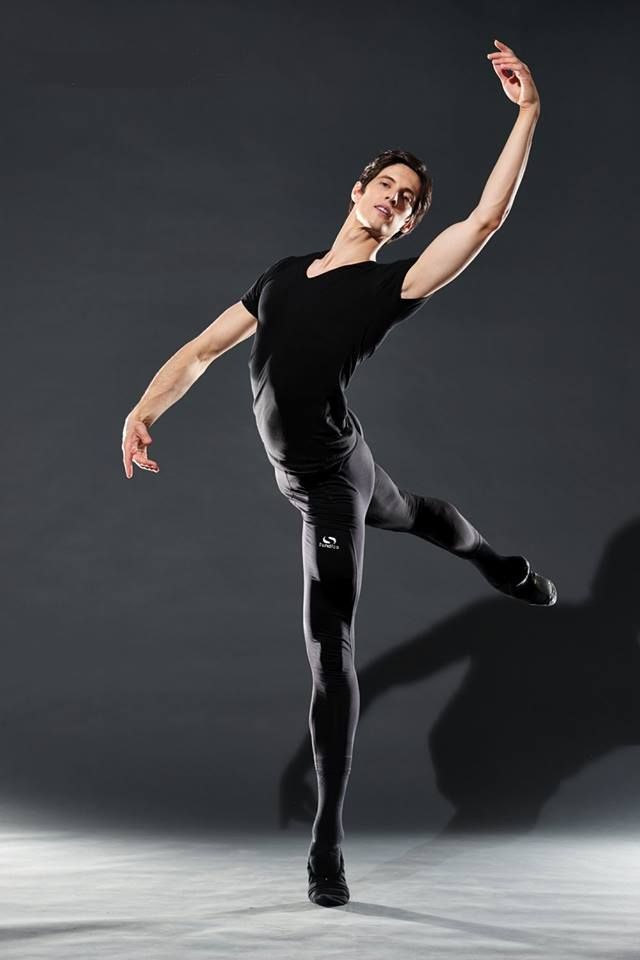 Louis XIII and his son Louis XIV frequently performed in them; the younger Louis was in time regarded as the epitome of the noble style of dancing as it developed at the French court.
Louis XIII and his son Louis XIV frequently performed in them; the younger Louis was in time regarded as the epitome of the noble style of dancing as it developed at the French court.
Eventually, developments at the French court pushed the arts aside, and the court ballet disappeared. But Louis XIV had established two academies where ballet was launched into another phase of its development: the Académie Royale de Danse (1661) and the Académie Royale de Musique (1669). The Académie Royale de Danse was formed to preserve the classical school of the noble dance. It was to last until the 1780s. By then its purpose essentially had been abrogated by the music academy, the predecessor of the dance school of the Paris Opéra.
Ballet as an adjunct to opera
The Académie Royale de Musique was to become incalculably significant in the development of ballet. The academy was created to present opera, which was then understood to include a dance element; indeed, for fully a century ballet was a virtually obligatory component of the various forms of French opera.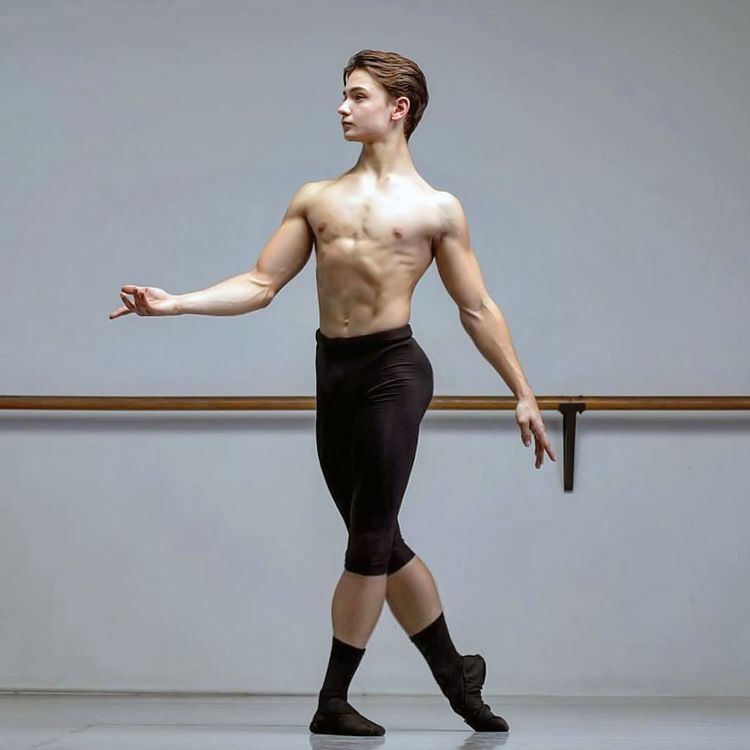 From the beginning, the dancers of the Opéra (as the Académie was commonly known) were professional, coming under the authority of the ballet master. A succession of distinguished ballet masters (notably Pierre Beauchamp, Louis Pécour, and Gaétan Vestris) ensured the prestige of French ballet, and the quality of the Opéra’s dancers became renowned throughout Europe.
From the beginning, the dancers of the Opéra (as the Académie was commonly known) were professional, coming under the authority of the ballet master. A succession of distinguished ballet masters (notably Pierre Beauchamp, Louis Pécour, and Gaétan Vestris) ensured the prestige of French ballet, and the quality of the Opéra’s dancers became renowned throughout Europe.
The growing appeal of ballet to an increasingly broad public in Paris was reflected in the success of opéra-ballets, of which the most celebrated were André Campra’s L’Europe galante (1697; “Gallant Europe”) and Jean-Philippe Rameau’s Les Indes galantes (1735; “The Gallant Indies”). These works combined singing, dancing, and orchestral music into numbers that were unified by a loose theme.
Get a Britannica Premium subscription and gain access to exclusive content. Subscribe Now
In the early years the most accomplished dancers were male, and it was not until 1681 that the first principal female dancer, Mlle La Fontaine, appeared.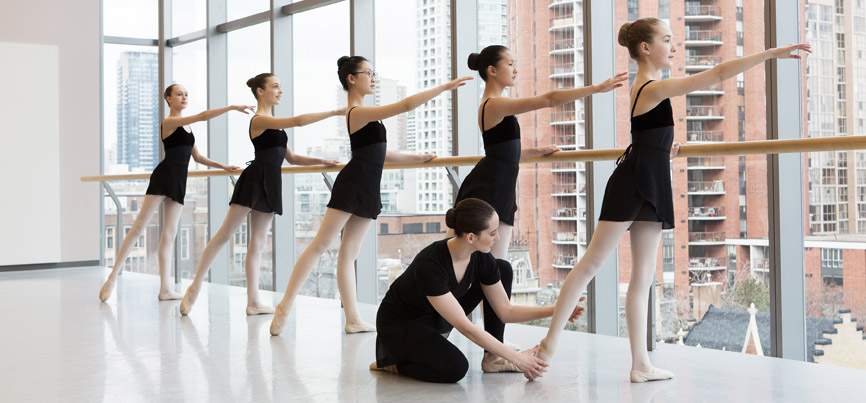 Gradually she and her successors became nearly as well-known and respected as male dancers such as Michel Blondy and Jean Balon. From the 1720s, however, with the appearance of Marie Sallé and Marie-Anne Camargo, the women began to vie with the men in technique and artistry. The retirement of Sallé and Camargo in turn coincided with the debut of one of the most celebrated dancers of all time, Gaétan Vestris, who became regarded in his prime as the epitome of the French noble style; he played an important part in establishing ballet as an independent theatrical form.
Gradually she and her successors became nearly as well-known and respected as male dancers such as Michel Blondy and Jean Balon. From the 1720s, however, with the appearance of Marie Sallé and Marie-Anne Camargo, the women began to vie with the men in technique and artistry. The retirement of Sallé and Camargo in turn coincided with the debut of one of the most celebrated dancers of all time, Gaétan Vestris, who became regarded in his prime as the epitome of the French noble style; he played an important part in establishing ballet as an independent theatrical form.
Ballet. 1) Ballet in the 16th and 17th centuries
Dance has always existed, and music has always existed, and even the plot in the dance was often present, but ballet appeared only about four hundred years ago.
He was born in Northern Italy during the Renaissance. The Italian princes loved magnificent palace festivities, in which dance occupied an important place. Rural dances were not suitable for court ladies and gentlemen.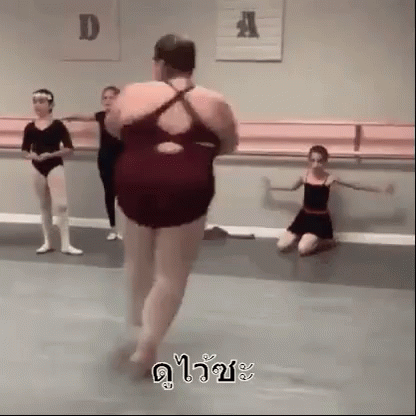 Their magnificent robes, like the halls where they danced, did not allow unorganized movement. Special teachers - dance masters - rehearsed individual figures and movements of the dance with the nobles in advance and led groups of dancers. Gradually the dance became more and more theatrical. The term "ballet" itself originated in Italy and meant a dance episode that conveys a certain mood. nine0005
Their magnificent robes, like the halls where they danced, did not allow unorganized movement. Special teachers - dance masters - rehearsed individual figures and movements of the dance with the nobles in advance and led groups of dancers. Gradually the dance became more and more theatrical. The term "ballet" itself originated in Italy and meant a dance episode that conveys a certain mood. nine0005
The skill of the early Italian dance teachers impressed the French nobles who accompanied the army of Charles VIII when he entered Italy in 1494, laying his claim to the throne of the kingdom of Naples. As a result, Italian dancing masters began to be invited to the French court. At the same time, there was a need for notation - a system for recording dance. The author of the first known system, Tuan Arbo, began to transmit dance steps with musical signs.
At the invitation of the French Queen Catherine de Medici, the Italian Baldasarino di Belgiojoso (in France he was called Balthasar de Beaujoieux) staged court performances, the most famous of which was called "Circe, or the Queen's Comedy Ballet", was staged in 1581 and is usually considered the first in the history of musical theater with a ballet performance.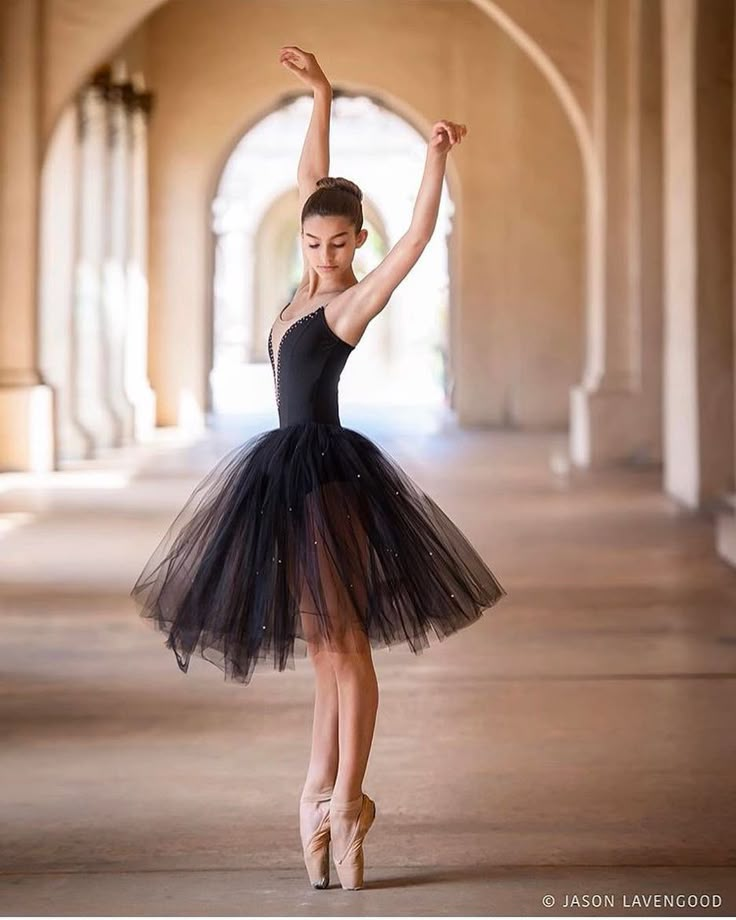 It, as was customary then, combined music, speech and dance. The plot was borrowed from ancient mythology and became a frame for poetic monologues and dances. And the parts of nymphs and naiads were performed by young ladies-in-waiting. So October 15, 1581 can be considered the birthday of the ballet. nine0005
It, as was customary then, combined music, speech and dance. The plot was borrowed from ancient mythology and became a frame for poetic monologues and dances. And the parts of nymphs and naiads were performed by young ladies-in-waiting. So October 15, 1581 can be considered the birthday of the ballet. nine0005
Throughout the seventeenth century, the genre of court ballet developed mainly in France. At first, these were masquerade ballets, and then pompous melodramatic ballets on chivalrous and fantastic plots, where dance episodes were replaced by vocal arias and recitation of poems.
Louis XIII, King of France, who from childhood was fond of music and dance and received an excellent musical education, was the author of a ballet whose name, thanks to the novel The Three Musketeers, is still on our lips: this is the Merlezon Ballet, first performed on March 15, 1635 year at the Château de Chantilly. The plot was based on adventures during the hunt for thrushes - one of the king's favorite pastimes.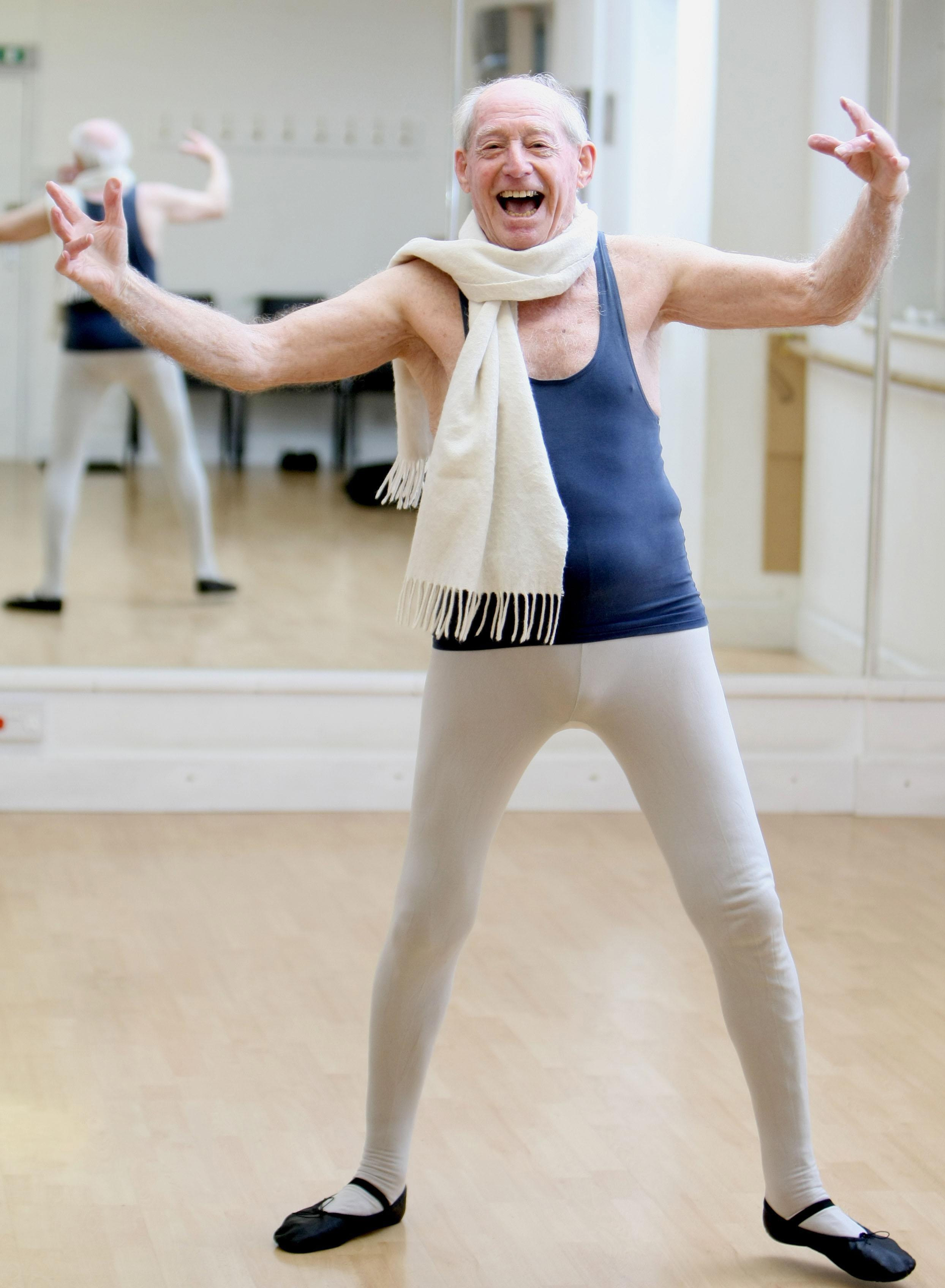 His Majesty not only composed the libretto, music, choreography, sketched scenery and costumes, but also played two roles: a bait merchant and a peasant. nine0005
His Majesty not only composed the libretto, music, choreography, sketched scenery and costumes, but also played two roles: a bait merchant and a peasant. nine0005
The dance began to turn into a ballet when it began to be performed according to certain rules. They were first formulated by the French choreographer Pierre Beauchamp (1637–1705), who lived and worked during the time of King Louis XIV. Then the performances of the court ballet reached a special splendor.
In his youth, Ludovic himself liked to take part in performances, and he received his famous nickname "King Sun" after playing the role of the Sun in the "Ballet of the Night". In 1661 he created the Royal Academy of Music and Dance, which included 13 leading dancing masters. Their duty was to preserve the dance traditions. Beauchamp was appointed director of the academy. nine0005
He wrote down the canons of the noble manner of dancing, which was based on the principle of turning the legs (en dehors). This position gave the human body the opportunity to move freely in different directions.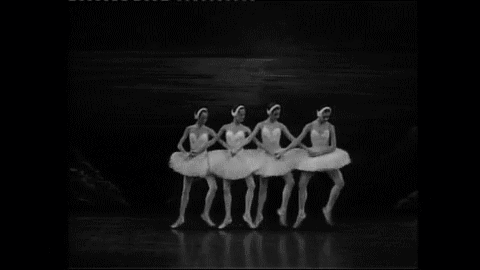 He divided all the movements of the dancer into groups: squats (plié), jumps (swings, entrecha, cabrioles, jeté, the ability to hang in a jump - elevation), rotations (pirouettes, fouettes), body positions (attitudes, arabesques). The execution of these movements was carried out on the basis of five positions of the legs and three positions of the hands (port de bras). All classical dance steps are derived from these foot and hand positions. nine0005
He divided all the movements of the dancer into groups: squats (plié), jumps (swings, entrecha, cabrioles, jeté, the ability to hang in a jump - elevation), rotations (pirouettes, fouettes), body positions (attitudes, arabesques). The execution of these movements was carried out on the basis of five positions of the legs and three positions of the hands (port de bras). All classical dance steps are derived from these foot and hand positions. nine0005
This Beauchamp classification is still alive today. Moreover, as a result, French terminology has become common for artists all over the world, like Latin for physicians.
Beauchamp divided dances into three main types: serious, semi-character and comic. Serious dance (a prototype of modern classical dance) demanded academic strictness of performance, beauty of external form, grace - even on the verge of affectation. It was a "noble" dance, it befitted the characters of tragedies - kings, gods, mythological heroes. Semi-characteristic - combined pastoral, peisan and fantastic dances, in which the forces of nature or personified human passions appeared on the stage.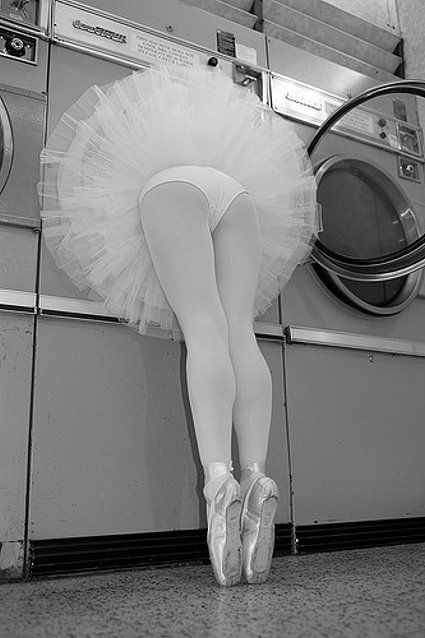 The dances of the furies, nymphs and satyrs also obeyed his laws. nine0005
The dances of the furies, nymphs and satyrs also obeyed his laws. nine0005
Finally, the comic dance was remarkable for its virtuosity, allowing exaggerated movements and improvisation. It was needed for the grotesque and exotic dances found in the comedies of the theater of classicism.
Thus began the formation of ballet, which developed by the eighteenth century from interludes and divertissements into an independent art.
Soon the Paris Opera was opened, the ballet master of which was the same Beauchamp. Under his leadership, a ballet troupe was formed from some male dancers. Women appeared on the stage of the Paris Opera only in 1681. Mademoiselle Lafontaine became the first professional dancer, performing in Lully's opera-ballet Triumph of Love. She was soon nicknamed "the queen of the dance". nine0005
Opera-ballets by the composer Lully and comedies-ballets by the playwright Molière were staged in the theater. At first, courtiers took part in them, and the performances almost did not differ from palace performances.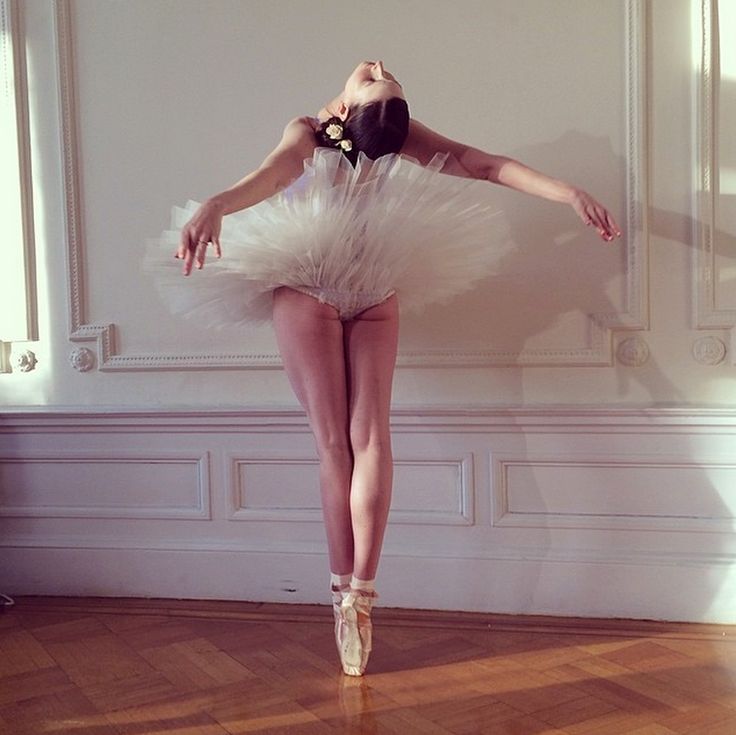 The already mentioned slow minuets, gavottes and pavanes were danced. Masks, heavy dresses, and high-heeled shoes made it difficult for women to perform complex movements. Therefore, men's dances were distinguished then by greater grace and grace.
The already mentioned slow minuets, gavottes and pavanes were danced. Masks, heavy dresses, and high-heeled shoes made it difficult for women to perform complex movements. Therefore, men's dances were distinguished then by greater grace and grace.
Dancers who performed serious dances wore a dress with a wide skirt, from under which the toes of the shoes were slightly visible. The skirt was held on reed hoops, this design was called a "basket", in French - "pannier". Dancers in serious ballets wore brocade cuirasses and short skirts on reed frames, which were called "barrels". Shoes for both men and women were high heels. In addition, they wore round masks that covered the entire face - gold, silver, other colors, depending on the nature of the character. nine0005
In semi-characteristic ballets, the costumes were lighter, but attributes that characterize the dance were added - sickles for peasants, baskets and shovels for gardeners, thyrsos and leopard skins for bacchantes. In Molière's comedy The Imaginary Sick, for example, pharmacists and doctors danced on the stage with assistants who had huge clysters in their hands. The costume for comic dances was not so strictly regulated - the director trusted the artist's imagination.
At the same time, a whole system of symbols was born, which reached its apogee at the beginning of the twentieth century. If an artist, for example, stroked his forehead with the edge of his hand, implying that he had a crown on his head, this meant "king"; folded his arms crosswise on his chest, which means "died"; pointed to the ring finger of the hand, where the ring is usually worn, - “I want to get married” or “married”; began to make wave-like movements with his hands, which means that he "sailed on a ship." nine0005
Formed in France, the new ballet genre spread throughout Europe and returned to Italy. All major cities had their own theatres, choreographers and performers in the seventeenth century. By the eighteenth century, the style of performance characteristic of Italian dancers had developed, differing from the refined manner adopted at the French Royal Academy of Music and Dance, by technical virtuosity and, at the same time, by greater immediacy.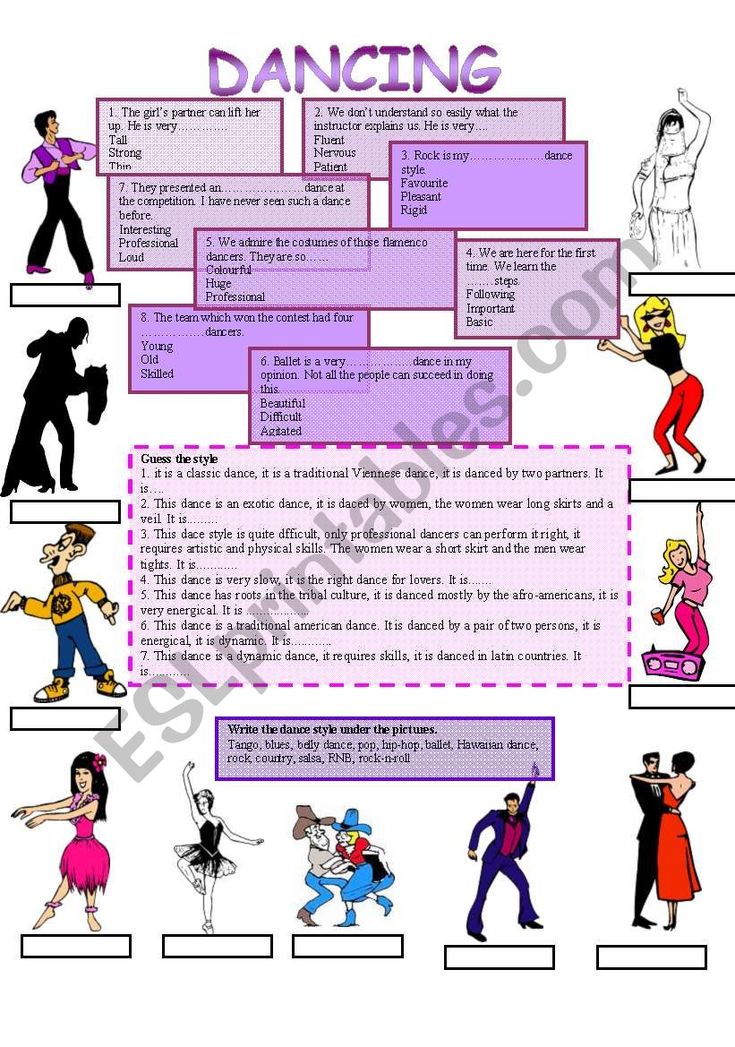
The struggle between the French and Italian schools in classical ballet continued almost until the beginning of the twentieth century. In the seventeenth century, a ballet appeared in the Netherlands - and there, earlier than in France, professional dancers appeared on the stage. In the late seventeenth and early eighteenth century, English ballet theater flourished. In 1722, the first court theater in Denmark was established, where professional dancers participated in Molière's comedies and ballets. nine0005
Ballet came to Russia in the second half of the seventeenth century. Tsar Alexei Mikhailovich, inviting Ukrainian learned monks to Moscow, did not yet know what they had in their luggage - a tradition borrowed from the Poles to stage performances on soulful topics with students of monastic schools and religious schools. In these school dramas, written in ponderous verse, in which the characters uttered endless monologues, interludes of a playful nature were often inserted. In the Kyiv school play "Action about Alexei, the Man of God", staged in 1673, there was an interlude with dances - the guests danced at the main character's wedding. nine0005
In addition, Russian diplomats and merchants, when they were abroad, visited theaters and willingly went to ballet performances - there it was not difficult to understand foreign speech. And the ballet of that time was the brainchild of not only the choreographer, but also theatrical mechanics. Fantastic characters rode outlandish chariots, the scenery changed with incomprehensible speed, some heroes fell through the ground, others flew from heaven. How can you not get excited! It was the chariots that became almost the main participants in the first Russian “Ballet about Orpheus and Eurydice”. nine0005
The story of a singer who goes to the underworld in search of his dead wife was among the favorites of seventeenth-century composers. Perhaps a ballet by the German composer Heinrich Schutz was staged in Moscow.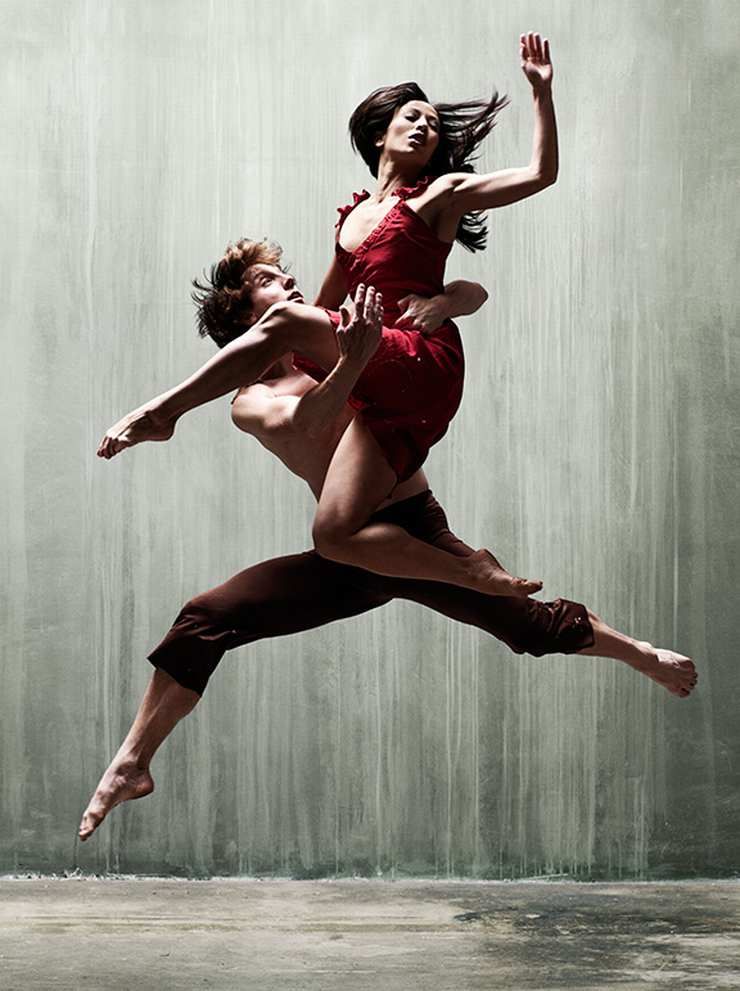 Little information about him has been preserved - for some reason, contemporaries especially remembered the pas de trois of Orpheus with two pyramids. The choreographer, apparently, literally understood the words of the Greek myth that Orpheus's singing made trees and rocks move. Chariots, decorated in the form of fountains, castles and pyramids, were common in ballet performances by French and Italian troupes. Perhaps the pyramids of the first Russian ballet moved on wheels. Or maybe they were dancers in costumes that looked like a pyramid. The truth is no longer known. nine0005
Little information about him has been preserved - for some reason, contemporaries especially remembered the pas de trois of Orpheus with two pyramids. The choreographer, apparently, literally understood the words of the Greek myth that Orpheus's singing made trees and rocks move. Chariots, decorated in the form of fountains, castles and pyramids, were common in ballet performances by French and Italian troupes. Perhaps the pyramids of the first Russian ballet moved on wheels. Or maybe they were dancers in costumes that looked like a pyramid. The truth is no longer known. nine0005
Who was the director - history is silent. She retained only the name of the theatrical mechanic Nikolai Lim, who agreed to take part in the performance - he himself was a "professional military man", an officer in the engineering troops. Perhaps he became the first Russian choreographer - in any case, it was he who performed the part of Orpheus in the pas de trois with pyramids. Lim, apparently, was a Scot who emigrated to France and received a military education there, and for an officer then the study of court dances was mandatory. The dancers were, apparently, from the youth that pastor Johann Gregory recruited for the court troupe among the inhabitants of the German Quarter. nine0005
The first ballet performance in Russia took place in 1673 in Preobrazhensky. Then there were a few more - almost no information about them has been preserved. And after the death of Tsar Alexei Mikhailovich, theatrical performances ceased for a long time - until the beloved sister of Tsar Peter Alekseevich Natalya became interested in dramaturgy, and Peter himself decided to build a theater in Moscow - where the Historical Museum is now. In 1702, the tsar hired the Dutchman Jacob Kokkiy and his two sons in the Moscow theater. But things did not work out - the Dutch did not know how to teach dance art and only complained that there were no suitable performers. nine0005
D. Truskinskaya
Ballets: Myths and Extreme Dance Reality
Komsomolskaya Pravda
Zvezkhankulture: Theater
Natalya Antonovich
April 11, 2012 13:38
Our correspondent visited the artists and related to the cullets , are the myths that exist around the image of little swans true? [photo]
Photo: Natan ANTONOVICH
I'm even ashamed to admit it, but when I was 32, I never saw a ballet. And this year there was a chance to catch up. Yes, not just to catch up, but to look at this world from the inside and talk with the creators of this beautiful dance language. nine0005
And this year there was a chance to catch up. Yes, not just to catch up, but to look at this world from the inside and talk with the creators of this beautiful dance language. nine0005
So what do we know about ballet? For most Russians of my age, the associative array that arises from the word ballet is, excuse me, a putsch and the endless "Swan Lake" on TV, well, also Volochkov in the Maldives. Some will remember Tsiskaridze's attacks against the Bolshoi Theater about the unsuccessful, in his opinion, reconstruction. Some still remember Maya Plesetskaya with her "do not eat", although they do not honor this obvious truth.
What is this ballet really like? Passing the pretentious Bolshoi and the Mariinsky, we looked behind the scenes of the Russian Ballet Theater (which, by the way, turned thirty this year) and asked its soloists and ballerinas to dispel the stereotypes that are so firmly attached to the image of ballet. nine0005
MYTH FIRST
In sadistic parents lead the ballet by the hand at the age of three, and the ballerina's life ends at thirty.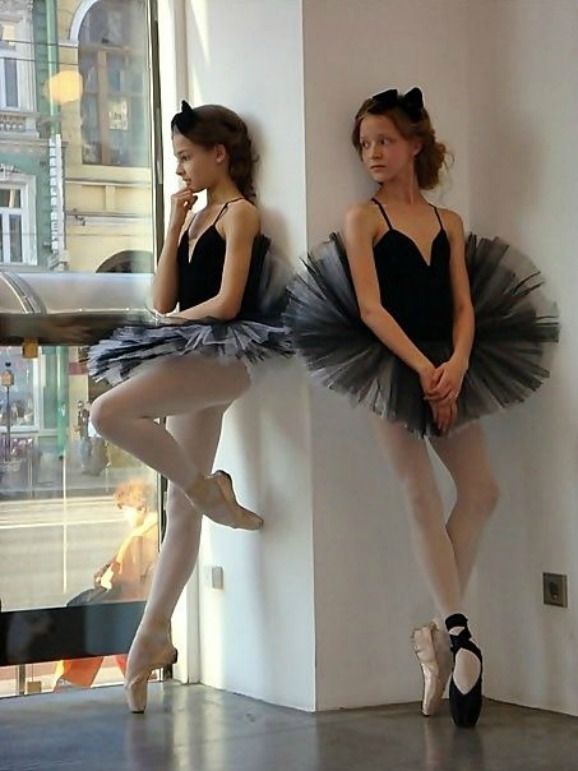 After - retirement, uselessness and despondency to anyone.
After - retirement, uselessness and despondency to anyone.
Not really. In the ballet, of course, come early. Basically, at the age of 10, although children can dance in studios before that time. Of course, at the age of 10, a man still cannot choose a profession for himself forever, but of all the artists and actresses I interviewed, no one has yet regretted it. And the pension... The average age of dancing ballerinas is 25-27 years. They enter the profession at the age of 18, while their other peers are just beginning to master the future craft. The heyday of a ballet career is at the age of 30. And then, bitterly enough, after five or six years, you have to switch, as a rule, to older parties. nine0005
Although there are exceptions to this rule. Suffice it to recall Uliana Lopatkina, the host of the Mariinsky Theater, who remains perhaps the best Odette-Odile, although she is already 38 years old. Ballet dancers receive a pension after 20 years of service in the corps de ballet and after 15 years of solo performances.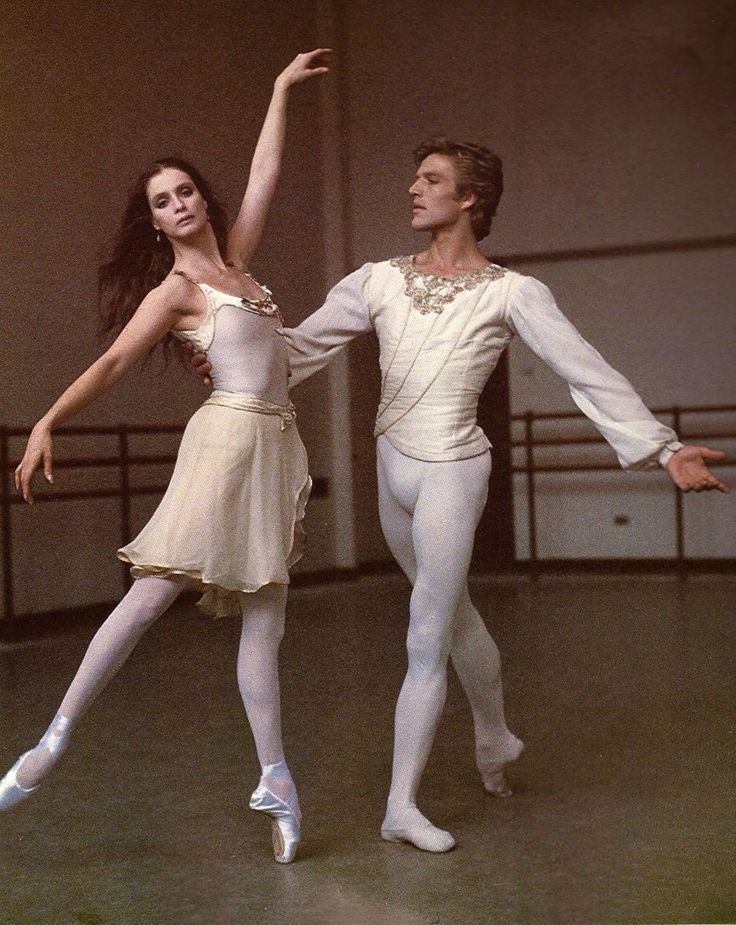 So a 36-year-old artist can become a pensioner in this type of dance. However, from those who actively dance and retire before forty, none of them is going to. And then, too, life does not end - most of the dancers study at the same time in universities, so when the time comes to finish with ballet - life will open up quite real new perspectives. By the way, the myth that there can be no other thing in the head than ballet is also just a myth. In the same "Russian Ballet" there were dancers who combined the theater with daytime studies at the physics and mathematics department! nine0005
So a 36-year-old artist can become a pensioner in this type of dance. However, from those who actively dance and retire before forty, none of them is going to. And then, too, life does not end - most of the dancers study at the same time in universities, so when the time comes to finish with ballet - life will open up quite real new perspectives. By the way, the myth that there can be no other thing in the head than ballet is also just a myth. In the same "Russian Ballet" there were dancers who combined the theater with daytime studies at the physics and mathematics department! nine0005
MYTH TWO
B Alerinas only dance all day long, and they are not enough for anything else. L Personal life is prohibited.
I was at one of the rehearsals and to be honest, during the five hours that I was among the guys (and I just sat and moved from corner to corner from time to time) I was tired, as if I had unloaded the car myself.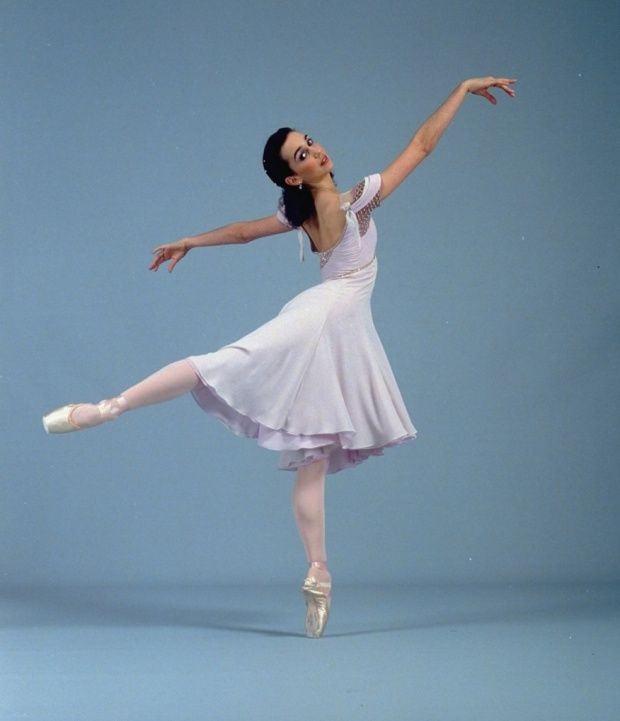 And at that time they performed somersaults that were inconceivable and contrary to the law of gravity. At the same time, as it turned out, many of the artists go to the gym 4 more times a week in their free time. And even - to dance in the club. I, naive, thought that they should feel sick from dancing). nine0005
And at that time they performed somersaults that were inconceivable and contrary to the law of gravity. At the same time, as it turned out, many of the artists go to the gym 4 more times a week in their free time. And even - to dance in the club. I, naive, thought that they should feel sick from dancing). nine0005
Ivan Zvyagin , ballet dancer:
- Dancing in clubs? I used to walk a lot. In any city where they came on tour. Now it is rare, but not because there are no forces, but simply tired somehow.
In general, they live in their schedule beyond mere mortals and still manage to communicate with each other on the Internet, watch movies, start a family and live a full life.
Our correspondent went behind the scenes of the ballet theater and asked the dancers if the myths that exist around the image of little swans are true?Photo: Natan ANTONOVICH
MYTH THREE
All ballerinas are anorexic. They are on a strict diet and have never eaten at McDonald's.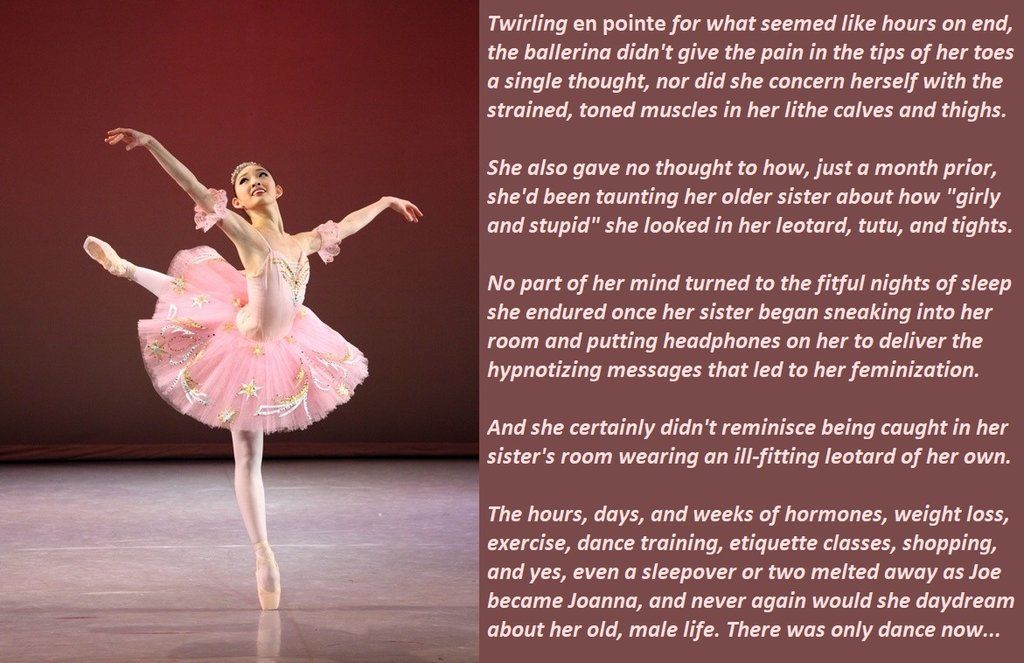
To call the young ladies in the ballet donuts would not turn the tongue - the girls, indeed, are very skinny. The average weight of a ballerina is barely 40 kg, the maximum is 50. And not because they will look too bulky (although this is also the case, because the girls also dance in white suits that visually increase the volume) - just a partner of a well-fed swan, weight which has passed for fifty, it is already difficult to raise with a smile. nine0005
But the scariest discovery is that ballet dancers eat at McDonald's! Few of the ballerinas are really on a diet - physical activity is so high that calories melt like the first snowball.
Another thing is that they simply cannot stop training their body and rest for a long time. The form is lost in a matter of days. That is why the ballet has only one day off a week. And every morning he starts with a class - this is an hour and a half of all kinds of squats, shuffling a leg on the floor and jumping.
MYTH FOUR
In ballet, as in the modeling business, there is constant competition and enmity. Glasses in pointe shoes, clipped strings, torn tutus, etc.
In different theatres, it's different, it rather depends on the team. At the Russian Ballet Theatre, I saw a warm attitude towards each other - regardless of the position in the hierarchy of the troupe.
Roman Krupin , ballet dancer:
- True, we all treat each other very carefully and carefully. I quit this team, worked in another theater, but time passed and I returned here because of my dear and beloved people, with whom I feel comfortable and calm in everything. Anything can happen in other theaters - there is no gossip, envy, and so on in our team, and this has never happened. Our team was brought up differently, or something ...
And what is this ballet really like?Photo: Natan ANTONOVICH
BTW, here are some fun facts: leg beauty! Opening the legs of a dancer was invented by King Louis XIV, who himself took part in ballet performances and considered his limbs to be outstanding. - Ballerinas wear stiff shoes called pointe shoes. Men dance in soft ballet shoes. Calling them slippers is wrong. As the outstanding soloist of the Bolshoi Theater Maris Liepa said, they put them in slippers in a coffin, but they dance in shoes. And if it’s meticulously looking at the wardrobe, then men have a special bandage that allows you to hide the physiology from the audience. They don’t put anything else in their tights! - In ballet, it is considered especially beautiful when the artist has a big rise (that is, if the artist stretches out his "socks" while lying down, then his fingers touch the floor) and slightly pixilated legs. By the way, there are even ways to visually improve the rise. Specialty stores sell foam pads for the foot. By the way, it looks very natural. nine0005 - Make-up and some details of the costume are done by the ballet dancers . In fairness, we note that large and reputable theaters have a separate staff of make-up artists and hairdressers. In all other respects, ballet is a wonderful fairy tale. And you can see for yourself by looking at the Nutcracker ballet gallery on the KP website. Well, the performance itself, when the opportunity presents itself. nine0005 The author expresses his gratitude to the Russian Ballet Theater for allowing me to violate discipline and invade the fairytale space. SEE PHOTO GALLERY Tale of pointe shoes: One day in the life of the Russian Ballet Theater Age category of the site 18+ Online publication (website) registered by Roskomnadzor, certificate El No. ФС77-80502 dated March 115, 215 CHIEF EDITOR OLESIA VYACHESLAVOVNA NOSOVA.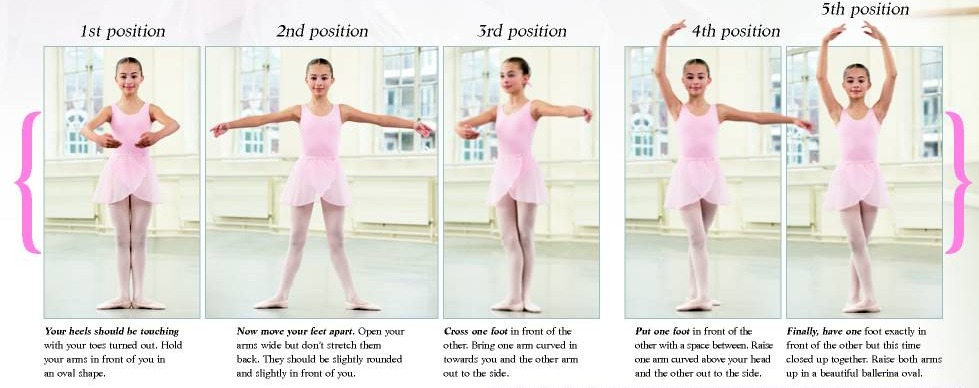 However, there is also a practical side - it is convenient to dance in tights. For comparison: try riding a bike in tights or in jeans. The choice will be obvious! nine0005
However, there is also a practical side - it is convenient to dance in tights. For comparison: try riding a bike in tights or in jeans. The choice will be obvious! nine0005 .. themselves! Just like the Cirque du Soleil. But they don’t have any special books with a detailed description of the coloring, unlike the circus ones. So the image turns out to be purely individual.


